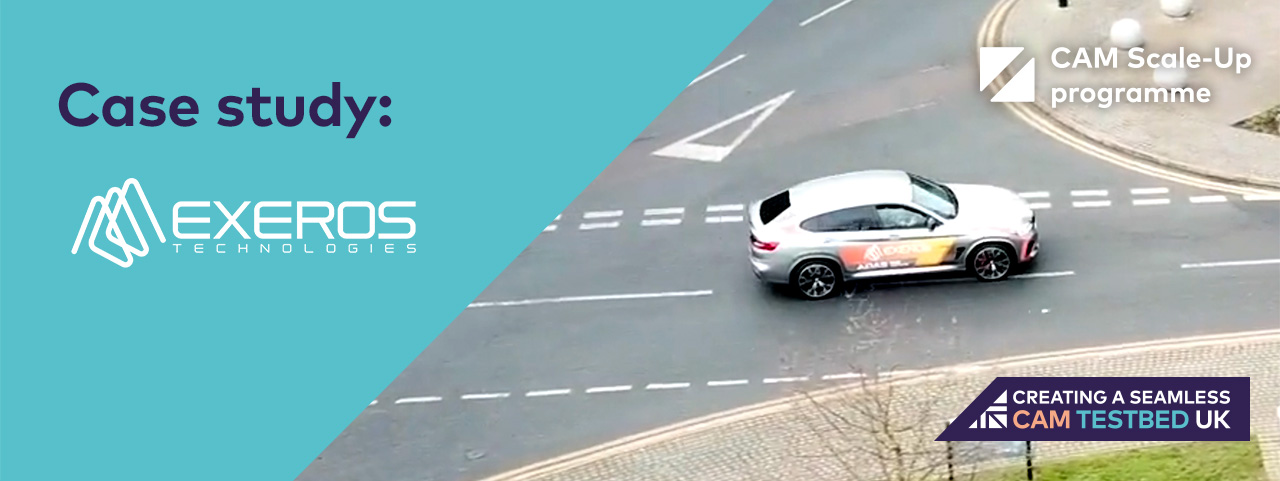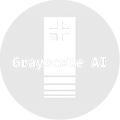



Exeros Technologies and the Zenzic CAM Scale-Up programme
Saving more lives through the drastic improvement of AI ADAS systems.

Exeros is paving the road to smarter transportation. Currently seeking to expand the understanding of camera tech and what constitutes risky scenarios for fleet drivers, the company is one step closer to achieving its vision of making sure that every road user makes it home safely each day.
Exeros has been in the business for over 12 years, created by founder and CEO Jay Biring, it deploys its well-established fleet CCTV systems to some of the largest fleets in the UK. The company uses edge AI to detect certain risks on the road such as forward collision, lane departure, driver fatigue, mobile phone use and prolonged distraction and alerting risky events to the drivers.
Fleet customers are presented daily with significant risks on the road with human error accounting for 94% of all accidents worldwide. In a recent survey, 9 out of 10 lorry drivers admitted to streaming and watching video content on tablets or mobile phones whilst driving long-haul.
With the aim to reduce new risks for fleet operators, Exeros is ramping up the quality and quantity of the events its cameras can recognise by training new AI ADAS algorithms.
Jay says:
The Zenzic CAM Scale-Up programme has been an exceptional incubator. The assistance in terms of data collection has been excellent and has enabled us to harden the algorithm sets. It also has a real weight in terms of providing value back to organisations that are taking time away from their business to commit to a programme like this, for example the data we collected during testing has improved our time to market for new features from 12 months down to 3.”
What makes Exeros special?
Exeros recognises that the AI algorithms that they deploy today are very good for direct reduction of fleet risk but acknowledges there are other edge road scenarios that might affect road risk and improve ADAS systems.
They are looking to expand what the cameras can see by training new sets of AI algorithms to detect new street furniture such as road signs and road crossings and other animate or inanimate objects on the road including pedestrians.
More specifically, the company is looking at testing the ability to read road signs as well as looking at improving image recognition of partially obscured signs, be it by overgrown vegetation or otherwise.
Exeros is also going a step further by testing different speed-based accuracies as well as improving the image recognition in different lighting scenarios.
All the validation tests with the Zenzic CAM Scale-Up programme are aimed at securing ground truth data against which ADAS accuracy can then be benchmarked and measured.
Exeros’s testing journey
Data validation to survey their current accuracy and improve the existing service offering.

Exeros already has a wealth of data, their key concern is now focused on stress testing and improving the accuracy of that data by running specific tests using the highly surveyed environments of the testbeds.
The first strand of work centred around establishing ground truth data and improving ADAS accuracy. Smart Mobility Living Lab: London provided the company access to 5km of 3D models where they already tagged certain types of signs and assets. This allowed Exeros to train their algorithms off these known locations.
Exeros also wanted to explore how accuracy can be improved in different scenarios by analysing the repeatability of visual circumstances. At UTAC Millbrook, Exeros used the on-track urban testing environment to simulate real-world scenarios. Thanks to the repeatability of specific situations, Exeros is aiming to fine-tune its AI algorithms to achieve over 99% accuracy.
What would success look like:
Exeros will ensure that, as well as the necessary hard ADAS improvements, the exposure of participating in the Zenzic CAM Scale-up programme will help to secure further relationships for its improved ADAS and fleet data solution. It already has a number of companies interested and the programme should serve as the commercial starting pistol for what promises to be an enhanced fleet safety digital eco-system.
Jay explains:
The future is very exciting for us, we’re looking at exponential growth. Not only will we be increasing the size of our teams, we also plan to become a key player in the video fleet telematics market.”
Programme results
Exeros’s testing programme has resulted in business success across three core aspects.ADAS Improvement in Driver Distraction Events:
After utilising a closed track environment provided by CAM Testbed UK, Exeros has seen a notable improvement in their driver facing camera system for distracted driver behaviour. Their distracted driver monitoring capability can now detect greater than 99% of events.
ADAS Pedestrian Monitoring:
Participating in the Zenzic CAM Scale-Up programme has resulted in Exeros improving their pedestrian monitoring solution by taking advantage of contextual stimulus and pose estimation gathered from data at both SMLL and UTAC.
ADAS Forward Collision Warning:
Exeros have been able to ensure a better customer experience as a result of working on their Forward Collision Warning algorithm. They utilised the testbeds to re-engineer the algorithm by testing repeatable scenarios.
More SME case studies

Providing solutions for navigating challenging environments through high-accuracy geolocation technology.

Using neuromorphic software, Grayscale AI provides human-like precision to navigating roads.

Revolutionising the safety of vulnerable road users by using point-to-point radar technology.

The edge processing solution that provides in-depth insights into movement within cities.

Transforming how motor claims are processed through their connected claims platform.
Find out more about the
CAM Scale-Up programme
discover more

Talk to us
Want to talk about connected and automated mobility in the UK and see how Zenzic can help you?
{{ teamMember.name }}
{{ teamMember.title }}
